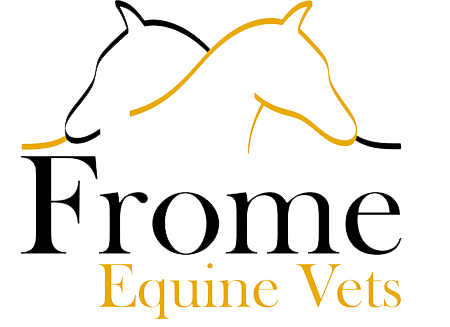Flies
There are several ‘types’ of fly, which can prove a torment to horses during spring and summer months. Biting flies can pierce the horse’s skin and feed on its blood while nuisance flies lay secretions in and around the horse’s eyes, mouth, nose and other sensitive areas. Aside from the threat of an allergic reaction and the annoyance, flies can carry diseases, which they can spread from horse to horse.
A very common type of fly is the Horsefly (approximately 8-10mm), which typically comes out in June and July, especially around woodlands. They tend to bite the horse’s underside, legs, neck and withers and can cause painful lumps. Horse flies will also bite humans. Black flies are another common pest and are small in size (approximately 2-5mm). These breed in rapidly moving water and are most noticeable at dawn and dusk. These flies commonly feed around the face—particularly inside the ears. This is where they trigger allergic skin reactions to their saliva, and distract the horse—but also on the horse’s neck and underside.
Midges and Sweet-itch
Sweet-itch is a common skin disease that affects many horses and ponies in the UK and at present there is no cure. Once a horse develops the allergy it will generally be for life. Therefore it is the responsibility of every horse owner to be vigilant in order to aid early detection, and to take preventative measures to prevent unnecessary suffering.
The condition is caused by a reaction to the saliva of biting midges during the months of April to early November. It causes horses to rub their manes, tails and sometimes their undersides too. In the United Kingdom, it is the antigens present in the saliva of the Culicoides midge and to a lesser extent, a member of the black fly family called Simulium Equinum that horses are allergic to. The severity of the condition varies from horse to horse; some will only rub occasionally, while others will rub themselves bald, causing open sores.
Treatment revolves around anti- inflammatory therapy which is often unsatisfactory and can have serious side effects if used long term. Preventative measures are therefore crucial to avoid the condition and limit the suffering which can arise from the intense and unrelenting itching.
Fly and midge control
Control is aimed at minimising exposure to fly and midge bites and often includes some of the following:
- Starting control before the midge season – do not wait for your horse to start itching.
- Stabling your horse during dawn and dusk when midge activity is greatest.
- Turning horses out in fields with lower midge burdens such as breezy pastures, higher ground and away from woodland.
- Preventing horses from grazing areas that have ponds nearby as these naturally attract the troublesome flies and midges.
- Using an effective fly rug to prevent midge contact with your horse’s skin.
- Using an effective long acting product containing Permethrin and Citronellol that is licensed to both kill and repel flies.
Ask your vet or retail outlet for a licensed, long-acting fly control product that both kills and repels flies, which will come as a ready-to-use, topical application. While off-the-shelf products may provide relief for short periods of time, re-application a number of times per day will be necessary which can prove unmanageable. By using a licensed control product, your horse can normally gain up to four day’s relief. However, longer or shorter protection may occur depending on climatic conditions, the prevailing fly species and the intensity of fly worry.
Lice
Lice are wingless, species specific, flattened insects, usually 2–4 mm long. The claws of the legs are adapted for clinging to and moving among hairs. Lice thrive where they can keep warm and are often found at the roots of the forelock and mane but they can be found anywhere on the body particularly if the coat is thick.
The symptoms of a lice infestation include:
- A dull, listless coat.
- Patchy hair loss.
- Matting of body hairs, mane and tail.
- Itching and rubbing against posts and stable walls.
- Biting at the skin.
- Loss of condition in more severe cases.
- In more severe case, anaemia due to ongoing blood loss.
- Visibility of lice and eggs on the surface of the skin and in the coat.
Lice are readily passed from one horse to another by physical contact, and can also be spread by the sharing of brushes and equipment from one horse to the next. Sharing equipment is not recommended as nits (louse eggs) can live for a few days on equipment away from the horse, transferring to the next horse when the equipment comes in to contact with it.
Lice control
Lice are common in horses but thankfully they are relatively easy to control. Rugs, saddle pads, brushes, and other equipment should be treated with very hot water or rubbed with an insecticide solution. All bedding should be removed from the stable, which should be disinfected and ideally kept horse-free for a number of days. Where one horse in a group has lice, all horses must be treated whether they show signs of infestation or not. This will break the possibility of lice transmitting from one horse to the next and back again.
- Advice published on horsehealthprogramme.co.uk

